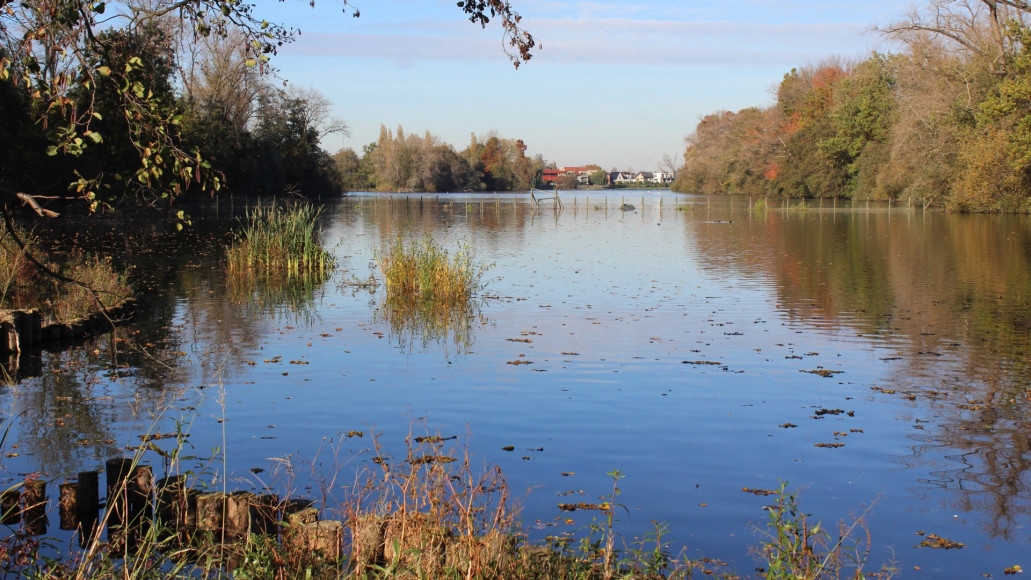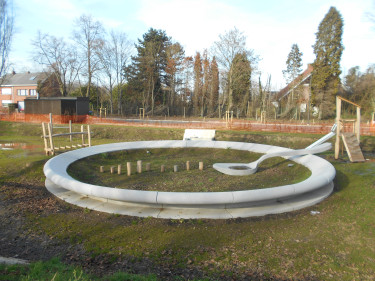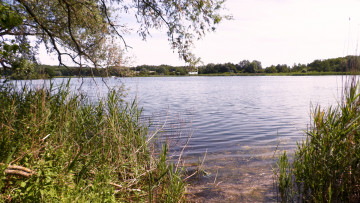To guard against the growing challenges of floods and droughts, cities and towns are increasingly setting a clear vision for stormwater in the form of a strategic plan. Their goal? To become as climate-proof as possible and to be ready for changing conditions. But what steps and measures should they take to achieve this goal?






